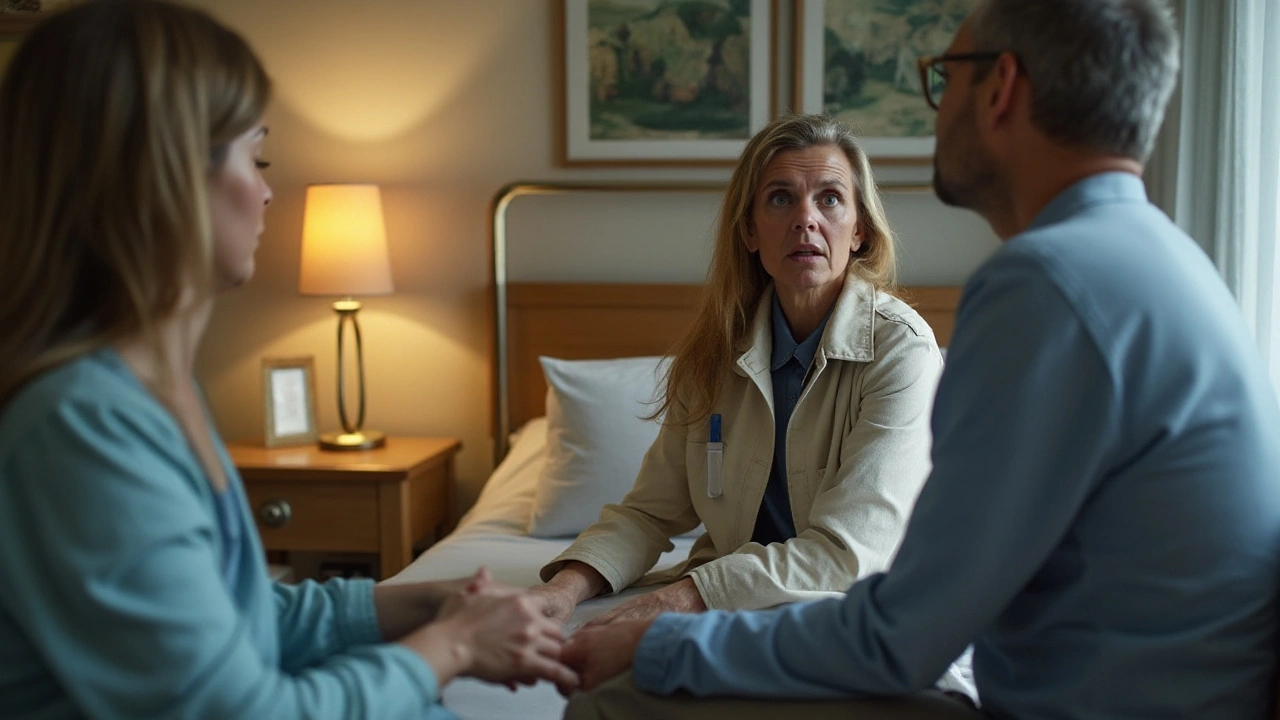Eye Cancer: Spotting the Signs and Understanding Your Options
Eye cancer might sound rare and scary, but knowing what to watch for helps you catch it early. Usually, people notice vision changes or a dark spot in or around the eye. Sometimes, it’s painless, so don’t ignore unusual signs like blurred vision, flashes of light, or a shadow that wasn’t there before.
Common Types of Eye Cancer
The most common eye cancer in adults is ocular melanoma. It starts in the cells that produce pigment in the eye, usually the uvea. In children, retinoblastoma is more common — it’s a cancer of the retina that needs fast treatment. There are other types too, but these two are the ones doctors see most often.
Treatment Options: What to Expect
Treatment depends on the cancer's size, location, and whether it has spread. Options include surgery, radiation therapy, and sometimes chemotherapy. Early diagnosis boosts success rates significantly. Your eye doctor or oncologist will guide you toward the approach that fits your case best.
Remember, routine eye exams are not just about your vision but can catch serious conditions early. If you notice anything unusual, don’t wait; a quick check-up could make all the difference.





